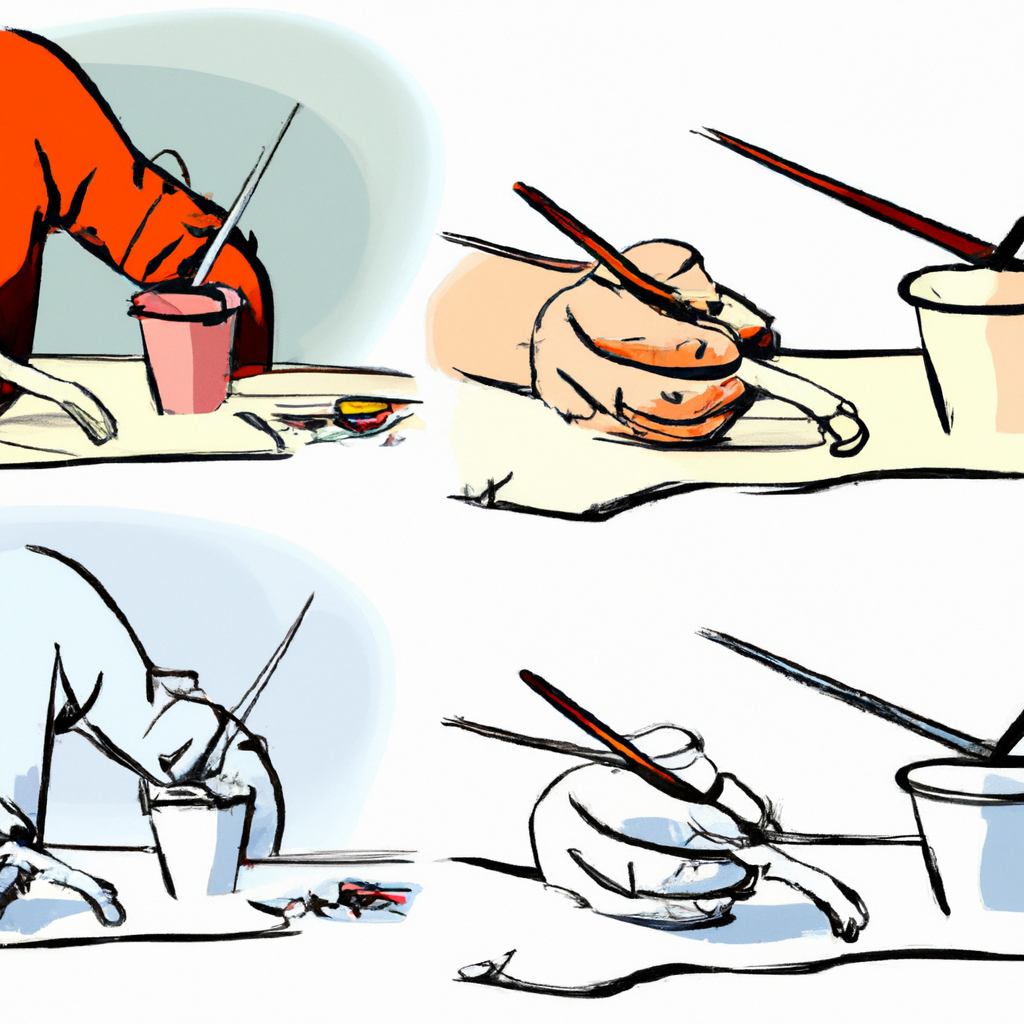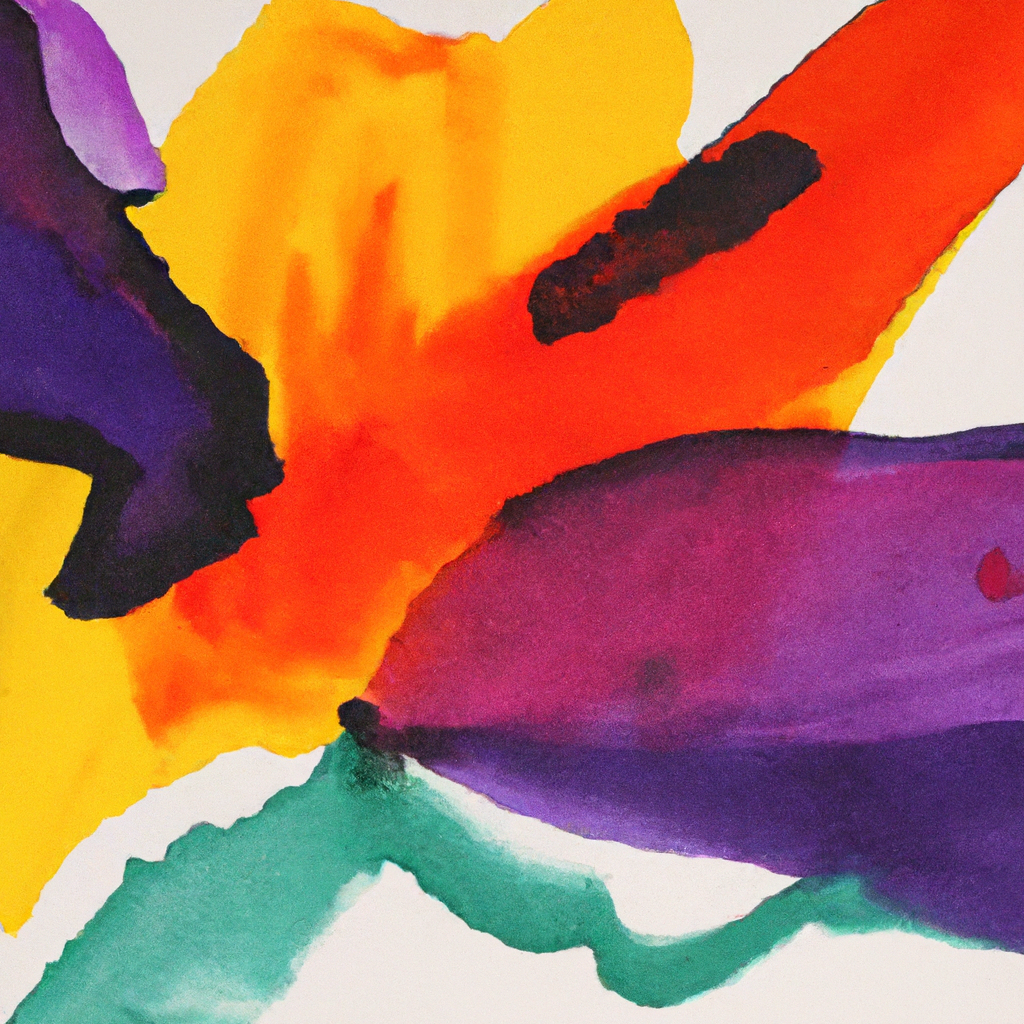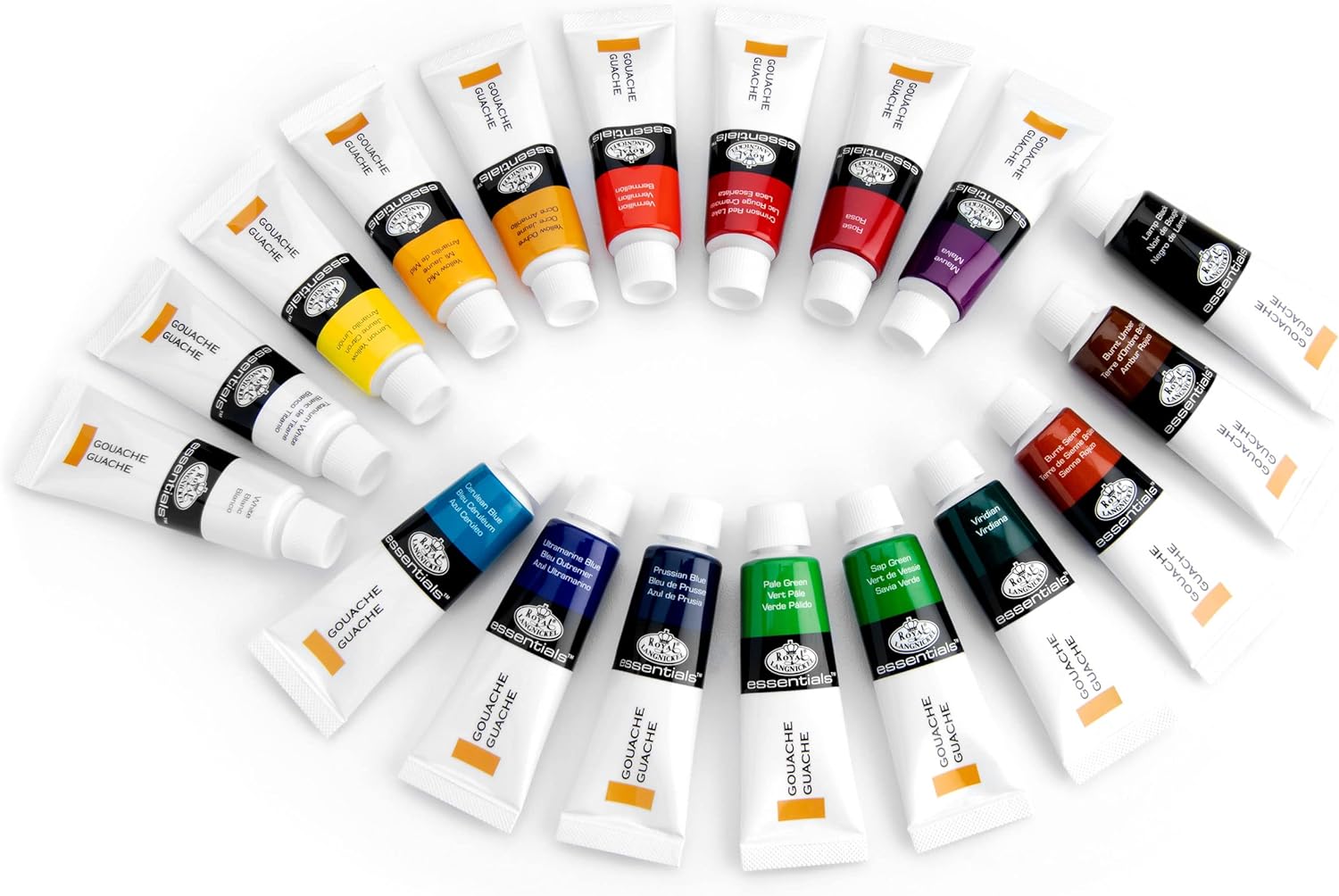In this article, you will gain an insightful understanding of the technique to paint flat with gouache. Mastering the art of creating flat, solid areas of color is essential for any artist looking to achieve a clean and bold aesthetic in their artwork. By employing specific techniques, proper color mixing, and precise strokes, you will be able to develop a sophisticated skill set to create striking and visually captivating pieces using the versatile medium of gouache. Whether you are new to painting or seeking to refine your existing skills, this article will provide you with valuable tips and step-by-step instructions on how to paint flat with gouache effectively.
Choosing the Right Materials
Selecting the Right Gouache Paint
When it comes to selecting the right gouache paint, there are a few key factors to consider. First and foremost, you want to ensure that the gouache paint you choose is of high quality. Look for paints from reputable brands that are known for their vivid pigmentation and smooth texture. It’s also important to choose gouache paint that is lightfast, meaning it won’t fade or change color over time. Additionally, consider the opacity and coverage of the paint. Gouache paint with good opacity will allow you to achieve solid, vibrant colors.
Choosing the Right Brushes
The right brushes play a crucial role in creating a flat painting with gouache. Opt for synthetic brushes that are specifically designed for gouache, as they tend to hold the paint well and offer good control. When selecting brushes, consider the size and shape that will suit your painting style and the level of detail you want to achieve. Flat and filbert brushes are commonly used for flat painting, as they allow for smooth and even strokes. It’s also recommended to have a variety of brush sizes to accommodate different areas of your artwork.
Picking the Right Paper or Surface
The choice of paper or surface can greatly impact the outcome of your flat gouache painting. Look for heavyweight papers that are specifically made for gouache painting. These papers are designed to withstand the moisture of the paint and prevent warping or buckling. Cold-pressed watercolor paper is often a popular choice for gouache painting due to its versatile surface texture. Alternatively, you can also experiment with other surfaces such as illustration board or canvas boards. Ultimately, choose a paper or surface that complements your painting style and desired effect.
Preparing Your Workspace
Organizing Your Materials
Before you begin painting with gouache, it’s important to have a well-organized workspace. Start by gathering all your materials, including paints, brushes, palettes, and any other tools you may need. Arrange them in a way that is easily accessible and allows for efficient workflow. Consider using a palette with multiple compartments to separate and mix your colors effectively. Having a clean and clutter-free workspace will not only make the painting process more enjoyable but also improve your overall efficiency.
Setting Up Your Workspace
Once you have organized your materials, it’s time to set up your workspace. Find a well-lit area with ample natural or artificial light to ensure accurate color representation. Ensure that you have enough room to comfortably work on your painting without any restrictions. Place your paper or surface on a flat and sturdy surface, such as a drafting table or easel, to prevent any unwanted movement or smudging. It’s also a good idea to have a water container nearby for cleaning your brushes and a rag or paper towels for blotting excess water or paint.

This image is property of images.unsplash.com.
Preparing Your Gouache Paint
Squeezing Out the Paint
To prepare your gouache paint for painting, start by squeezing out the desired colors onto your palette. Depending on the size of your painting and the complexity of the subject, you may need to squeeze out a sufficient amount of paint. It’s recommended to start with a small amount and add more as needed. Gouache paint has a thick consistency, so you may need to use a palette knife or the back of your brush to squeeze out the paint. It’s important to only squeeze out the amount you need to prevent wastage and drying out of the paint.
Mixing Colors
One of the advantages of gouache paint is its ability to be mixed to create a wide range of colors. To mix colors effectively, use a clean brush and start by picking up a small amount of the desired color. Mix it thoroughly with another color on your palette until you achieve the desired shade or hue. It’s important to keep track of the ratios and colors you use for future reference if needed. Remember to mix enough paint to cover the areas you’ll be working on, as it can be challenging to replicate the exact shade once it has dried.
Setting Up a Palette
When working with gouache, it’s beneficial to set up a palette that allows for easy color mixing and organization. There are various types of palettes available, including traditional wooden palettes, plastic palettes, and disposable tear-off palettes. Choose a palette that suits your personal preference and painting style. If using a traditional palette, it’s a good practice to arrange your colors in a logical order, such as starting with warm colors and transitioning to cool colors. This will make it easier to locate and mix your desired colors as you paint.
Understanding Flat Painting Technique
What is Flat Painting?
Flat painting is a technique that aims to create a smooth and even appearance in a painting, with minimal visible brushstrokes or texture. It involves applying layers of opaque paint in a consistent manner to achieve solid colors and crisp edges. This technique is commonly used in various art forms, including graphic design, illustration, and traditional painting. The flat painting technique is particularly popular in gouache painting due to the medium’s natural opacity and vibrant color reproduction.
Benefits of Flat Painting
There are several benefits to using the flat painting technique, especially when working with gouache. Firstly, it allows for the creation of bold and vibrant colors. Gouache is known for its intense pigment and high opacity, making it ideal for achieving solid and vibrant results. Additionally, the flat painting technique creates a clean and graphic appearance, which is well-suited for designs, illustrations, and decorative artwork. The smooth and even application of paint also provides a sense of uniformity and professionalism to the finished piece.

This image is property of images.unsplash.com.
Creating a Flat Background
Applying a Base Layer
To create a flat background in gouache painting, start by applying a base layer of paint. This layer will serve as the foundation for the rest of your painting. Use a large flat or filbert brush to apply the paint in broad, even strokes. Ensure that the paint is evenly distributed across the entire background area. If necessary, you can dilute the paint with a small amount of water to achieve a smoother application. Work quickly but carefully to maintain consistency and avoid overlapping strokes that can create visible brushstrokes.
Achieving a Solid and Even Color
Once you have applied the base layer, proceed to build up the color by adding additional layers of paint. Unlike watercolor, gouache paint dries to a matte finish, allowing you to layer colors without the risk of transparency. Apply each subsequent layer in the same manner as the base layer, ensuring that the strokes are even and consistent. Take care to cover any visible brushstrokes from the previous layer to achieve a solid and even color. Building up multiple layers will intensify the color and create a flat appearance.
Blending Techniques for Flat Backgrounds
While the flat painting technique aims to minimize visible brushstrokes, there may be instances where you want to achieve a subtle blend of colors for your background. To achieve this, you can employ various blending techniques in gouache painting. One common technique is wet-on-wet blending, where you apply a second color while the first layer is still wet. This allows the colors to mix and blend seamlessly. Alternatively, you can use a dry brush technique to lightly blend two colors together, creating a soft transition between them. Experiment with different blending techniques to achieve the desired effect in your flat background.
Blocking in the Subject
Sketching the Subject
Before you start blocking in the subject, it’s helpful to sketch out the basic shapes and outlines. Use a light pencil or a fine-tipped brush to create a loose, simplified sketch of the subject on your paper or surface. Focus on capturing the main shapes and proportions accurately. Keep in mind that the sketch will guide you during the painting process, but it doesn’t need to be overly detailed. A simple and clear sketch will help you maintain consistency and structure as you paint.
Outlining the Shapes
Once you have sketched the subject, begin outlining the shapes with a fine-tipped brush or a liner brush. Use a color that contrasts with the background to ensure the shapes stand out. It’s important to have a steady hand and maintain clean, smooth lines as you outline each shape. Take your time to carefully define the edges and contours of the subject, paying attention to any intricate details or features. This step will provide a clear roadmap for filling in the colors later on.
Filling in the Colors
With the outlines in place, you can now start filling in the colors of the subject. Begin by determining the base colors for each shape and brush them onto the appropriate areas. It’s best to work on one shape at a time and build up the colors gradually. Use a combination of large and small brushes, depending on the size and level of detail of each area. Apply the paint in thin, even layers, ensuring that the strokes follow the shape and direction of the subject. Take breaks between layers to allow the paint to dry slightly, which will prevent unwanted smudging or blending of colors.

This image is property of images.unsplash.com.
Maintaining Consistency and Smoothness
Working with Thin Layers
One of the key aspects of achieving a flat paintin



